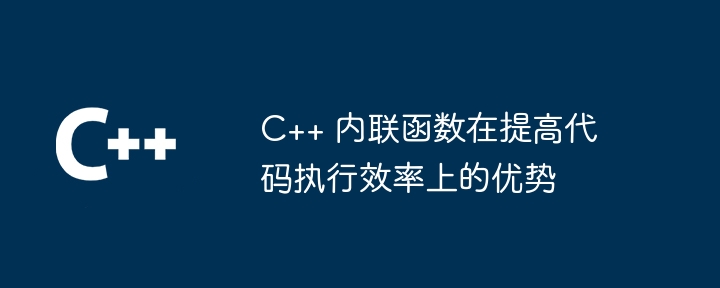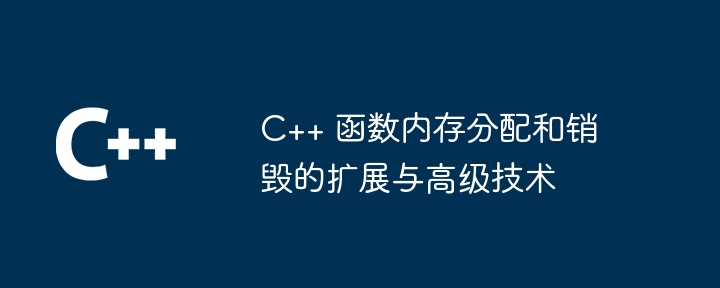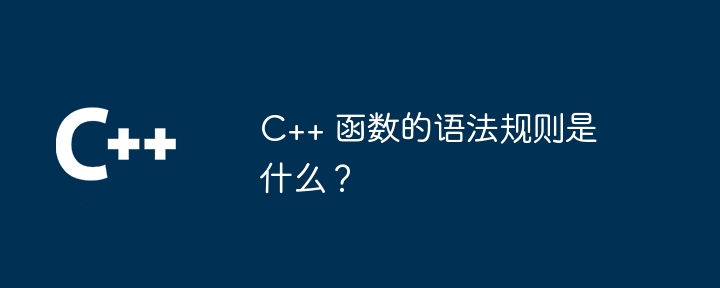如何提高C++大数据开发中的数据分析速度?
引言:
随着大数据时代的到来,数据分析成为了企业决策和业务发展不可或缺的一环。而在大数据处理中,C++作为一门高效且具有强大计算能力的语言,被广泛应用于数据分析的开发过程中。然而,在处理大规模数据时,如何提高C++大数据开发中的数据分析速度成为了一个重要的问题。本文将从使用更高效的数据结构和算法、多线程并发处理以及GPU加速等方面,向读者介绍一些提高C++大数据开发中数据分析速度的技巧和方法。
一、使用更高效的数据结构和算法
在进行大数据分析的过程中,选择合适的数据结构和算法对于提高效率非常重要。以下是一些常见的数据结构和算法优化技巧。
示例代码:
#include <unordered_set>
// 创建一个无序集合
std::unordered_set<int> set;
// 插入数据
set.insert(1);
set.insert(2);
set.insert(3);
// 查找数据
if(set.find(1) != set.end()){
// 数据存在
}
// 遍历数据
for(auto it = set.begin(); it != set.end(); ++it){
// 处理数据
}示例代码:
#include <algorithm>
// 创建一个数组
int arr[] = {3, 2, 1};
// 使用快速排序算法对数组进行排序
std::sort(arr, arr + 3);
// 遍历数组
for(int i = 0; i < 3; ++i){
// 处理数据
}示例代码:
#include <algorithm>
#include <iostream>
// 创建一个有序数组
int arr[] = {1, 2, 3, 4, 5};
// 使用二分查找算法查找指定数据
bool binarySearch(int* arr, int size, int target){
int left = 0;
int right = size - 1;
while(left <= right){
int mid = (left + right) / 2;
if(arr[mid] == target){
return true;
}else if(arr[mid] < target){
left = mid + 1;
}else{
right = mid - 1;
}
}
return false;
}
// 使用二分查找算法查找数据示例
int main(){
int target = 3;
bool isExist = binarySearch(arr, 5, target);
if(isExist){
std::cout<<"数据存在"<<std::endl;
}else{
std::cout<<"数据不存在"<<std::endl;
}
return 0;
}二、多线程并发处理
在处理大规模数据时,多线程并发处理可以充分利用多核处理器的计算能力,提高数据分析的速度。以下是几种多线程并发处理的方法。
示例代码:
#include <iostream>
#include <vector>
#include <thread>
// 处理数据的函数
void process(std::vector<int>& data, int start, int end){
for(int i = start; i < end; ++i){
// 对数据进行处理
}
}
int main(){
std::vector<int> data = {1, 2, 3, 4, 5, 6, 7};
int num_threads = 4; // 线程数量
int block_size = data.size() / num_threads;
// 创建线程
std::vector<std::thread> threads;
for(int i = 0; i < num_threads; ++i){
threads.emplace_back(process, std::ref(data), i * block_size, (i + 1) * block_size);
}
// 等待所有线程结束
for(auto& thread : threads){
thread.join();
}
// 处理合并结果
// ...
return 0;
}示例代码:
#include <iostream>
#include <vector>
#include <thread>
#include <queue>
#include <condition_variable>
// 任务数据结构
struct Task {
// 任务类型
// ...
};
// 任务队列
std::queue<Task> tasks;
std::mutex tasks_mutex;
std::condition_variable tasks_cv;
// 线程函数
void worker(){
while(true){
std::unique_lock<std::mutex> ul(tasks_mutex);
// 等待任务
tasks_cv.wait(ul, [] { return !tasks.empty(); });
// 执行任务
Task task = tasks.front();
tasks.pop();
ul.unlock();
// 对任务进行处理
}
}
// 添加任务
void addTask(const Task& task){
std::lock_guard<std::mutex> lg(tasks_mutex);
tasks.push(task);
tasks_cv.notify_one();
}
int main(){
int num_threads = 4; // 线程数量
std::vector<std::thread> threads;
// 创建线程
for(int i = 0; i < num_threads; ++i){
threads.emplace_back(worker);
}
// 添加任务
Task task;
// ...
addTask(task);
// 等待所有线程结束
for(auto& thread : threads){
thread.join();
}
return 0;
}三、GPU加速
GPU加速是通过利用GPU的并行计算能力来加速数据分析的一种方法。在C++中,可以使用CUDA或者OpenCL等库来进行GPU编程。
示例代码:
#include <iostream>
#include <cmath>
#include <chrono>
// CUDA核函数
__global__ void calculate(float* data, int size){
int index = blockIdx.x * blockDim.x + threadIdx.x;
if(index < size){
// 对数据进行处理
data[index] = sqrtf(data[index]);
}
}
int main(){
int size = 1024 * 1024; // 数据大小
float* data = new float[size];
// 初始化数据
for(int i = 0; i < size; ++i){
data[i] = i;
}
// 分配GPU内存
float* gpu_data;
cudaMalloc((void**)&gpu_data, size * sizeof(float));
// 将数据从主机内存拷贝到GPU内存
cudaMemcpy(gpu_data, data, size * sizeof(float), cudaMemcpyHostToDevice);
// 启动核函数
int block_size = 256;
int num_blocks = (size + block_size - 1) / block_size;
calculate<<<num_blocks, block_size>>>(gpu_data, size);
// 将数据从GPU内存拷贝到主机内存
cudaMemcpy(data, gpu_data, size * sizeof(float), cudaMemcpyDeviceToHost);
// 释放GPU内存
cudaFree(gpu_data);
// 输出结果
for(int i = 0; i < size; ++i){
std::cout<<data[i]<<" ";
}
std::cout<<std::endl;
// 释放内存
delete[] data;
return 0;
}结论:
在C++大数据开发中,提高数据分析速度需要综合考虑数据结构和算法的选择、多线程并发处理以及GPU加速等因素。通过合理选择高效的数据结构和算法、利用多线程并发处理以及使用GPU加速,可以大大提高C++大数据开发中的数据分析速度,进而提升企业的决策和业务发展能力。





